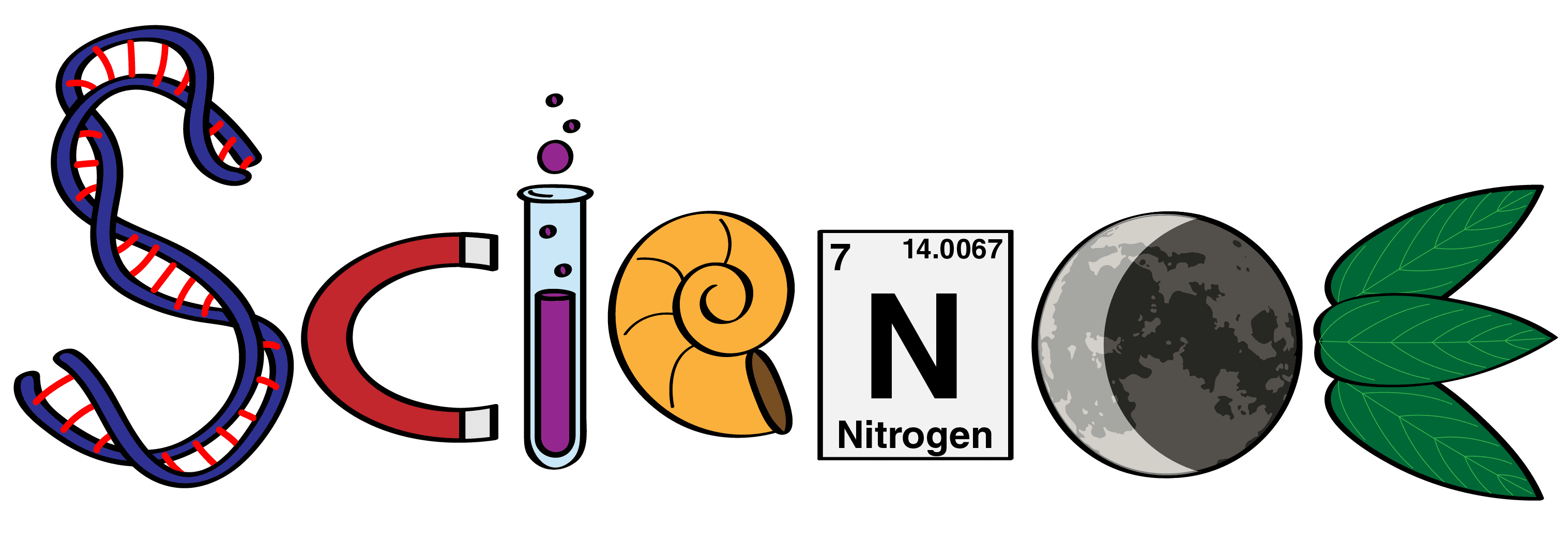Table of Contents
ToggleI. Defining Scientific Literacy
At its core, scientific literacy is the ability to understand and apply scientific concepts and processes in various aspects of life. It goes beyond memorizing facts and figures; it involves critical thinking, problem-solving, and a fundamental grasp of scientific principles that empower individuals to engage with the world in an informed manner.
- Understanding Basic Scientific Concepts: Scientific literacy starts with a foundation of understanding basic scientific concepts. This includes knowledge about natural phenomena, principles of physics, chemistry, biology, and an awareness of scientific methods.
- Applying Scientific Thinking: More than just knowing scientific facts, being scientifically literate involves applying scientific thinking to everyday situations. It means approaching problems with a systematic and evidence-based mindset, asking questions, and seeking logical explanations.
- Evaluating Scientific Information: In an age of information overload, scientific literacy includes the ability to evaluate scientific information critically. Individuals need to discern between credible and unreliable sources, understand research methodologies, and assess the validity of scientific claims.

Read Also
What are the four stages of scientific literacy? | headstart reading
II. Importance of Scientific Literacy in Simple Terms
- Informed Decision-Making: Scientific literacy empowers individuals to make informed decisions in their personal and professional lives. Whether it’s choosing between different healthcare options, understanding environmental issues, or evaluating the safety of consumer products, a scientifically literate individual is equipped to make choices based on evidence and reason.
- Participation in a Technological Society: Living in a technologically driven society, scientific literacy is essential for effective participation. From using smartphones to understanding the principles behind renewable energy, a basic grasp of science is crucial for navigating the complexities of the modern world.
- Contributing to Scientific Progress: Scientific literacy fosters a culture of curiosity and exploration. Individuals who understand the scientific method are more likely to contribute to scientific progress, whether through informed discussions, citizen science projects, or even pursuing careers in STEM (science, technology, engineering, and mathematics) fields.

Read Also
Why Scientific Literacy Is Crucial for Individual and Societal Advancement?
III. Elements of Scientific Literacy
- Knowledge of Scientific Terms: Being scientifically literate involves familiarity with basic scientific terms. This includes understanding words like hypothesis, experiment, data, theory, and other key concepts that form the language of science.
- Critical Thinking Skills: Critical thinking is a cornerstone of scientific literacy. Individuals need to analyze information, question assumptions, and draw logical conclusions. This skill is not only essential in scientific pursuits but also in navigating everyday challenges.
- Understanding the Nature of Science: Scientific literacy includes an understanding of the nature of science itself. This involves recognizing that science is an ongoing process of inquiry, subject to revision as new evidence emerges. It also involves acknowledging the uncertainty inherent in scientific exploration.

Read Also
The main parts of scientific literacy | Reading Head Start
IV. Scientific Literacy and Early Education: The Role of Reading Head Start
- Building a Foundation for Lifelong Learning: Scientific literacy, like any form of literacy, begins in early childhood. Programs like Reading Head Start, founded by Sarah Shepard, play a crucial role in laying the foundation for a love of learning. By instilling a passion for reading and inquiry from an early age, these programs contribute to the development of inquisitive minds.
Read Also
Reading Head Start Review | Comprehensive Review 2024
- Multisensory Learning Techniques: Reading Head Start employs multisensory learning techniques, catering to different learning styles. This approach aligns with the principles of scientific literacy by recognizing that individuals may absorb and process information in various ways.
- Parental Involvement in Education: The Reading Head Start program emphasizes the importance of parental involvement in a child’s educational journey. Similarly, scientific literacy is often cultivated through early exposure to scientific concepts at home. Engaging children in simple scientific experiments, encouraging questions, and fostering a sense of wonder contribute to the development of scientific literacy.
V. Practical Steps Towards Scientific Literacy
- Encouraging Curiosity: Cultivating scientific literacy begins with fostering curiosity. Encourage children and individuals of all ages to ask questions about the world around them. Embrace the unknown and embark on journeys of discovery together.
- Hands-On Experiments: Simple hands-on experiments are powerful tools for understanding scientific principles. Whether it’s observing plant growth, experimenting with basic chemistry, or exploring the properties of magnets, hands-on activities make scientific concepts tangible.
- Exploring Nature: Nature itself is a vast classroom for scientific exploration. Whether it’s identifying different plants and animals, understanding the water cycle, or observing changes in the seasons, outdoor exploration contributes to scientific literacy.
- Reading Scientific Literature: Reading books, articles, and other scientific literature tailored to different age groups is a valuable aspect of scientific literacy. Reading materials that explain scientific concepts in an accessible manner contribute to a deeper understanding of the natural world.

Read Also
Who Is Sarah Shepherd? | Reading Head Start Program
VI. The Continuous Journey of Learning
Scientific literacy is not a destination but a continuous journey of learning and exploration. It’s about fostering a mindset that embraces curiosity, critical thinking, and a lifelong commitment to understanding the world through a scientific lens. As we navigate this journey, we acknowledge the parallel efforts of programs like Reading Head Start, spearheaded by Sarah Shepard, in laying the groundwork for a generation that approaches learning with enthusiasm and a thirst for knowledge. In simple terms, scientific literacy is about opening our minds to the wonders of the universe, one question at a time.

